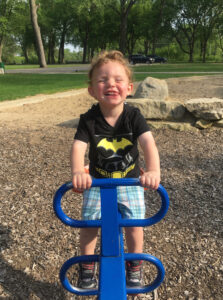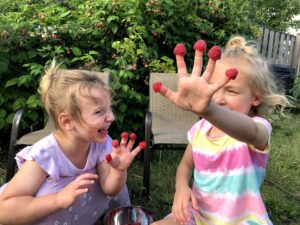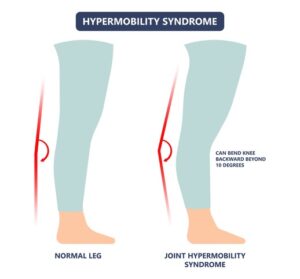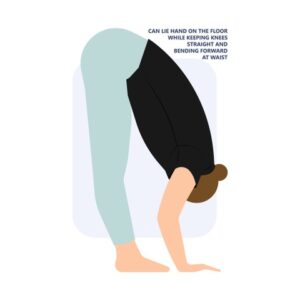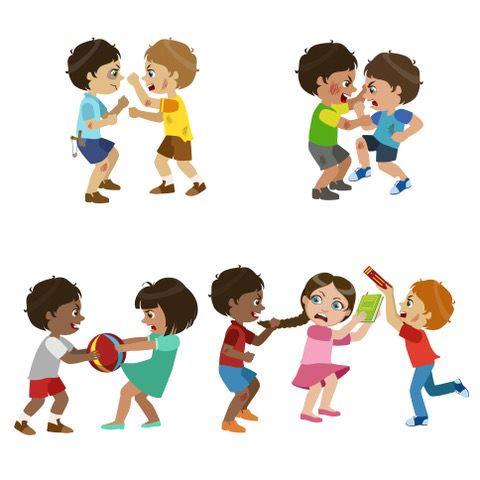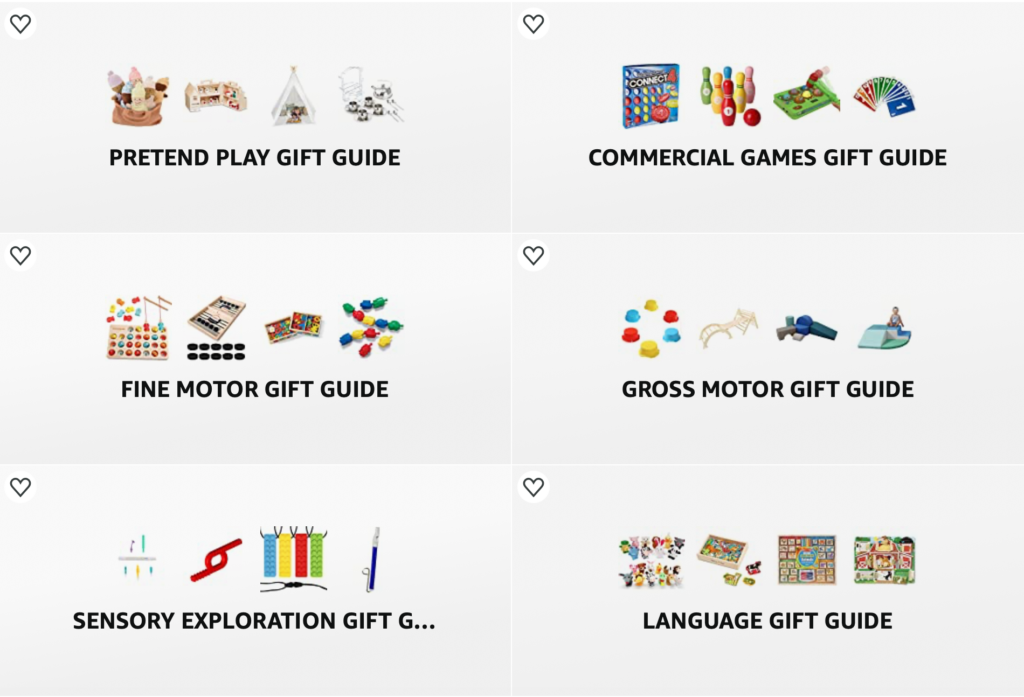Undistracted eating- Meals without the iPad
It has become a common occurrence to see a child on an iPad while out to eat, and often enough we hear families telling stories about iPads at meals. We get it. It is hard! Kids don’t want to sit still; kids don’t want to eat right now; my kid is super picky; there’s more than one kid to take care of so the iPad acts as a babysitter. The reasons go on and the iPad makes these small parts of the day run a little bit smoother. But here are some important reasons why undistracted eating is best and tips how to try and ditch that iPad altogether while at the table.
- Promotes obesity OR child may not be eating enough
- When deeply focusing on the iPad it is common to robotically continue to place food into our mouths without realizing just how much food we’ve eaten. Adults do it too!
- Children may become SO distracted they minimally eat anything at all! Later you find them irritable and “always hungry”, as some parents report.
- This impacts a child’s ability to listen to cues from their body (interoception) on when they feel full, if they are still hungry, or if they need a drink of water. This is SO important! Lack of attending to our body cues can begin to impact our emotional awareness and control.
- Promotes poor posture
- Increases risk of future musculoskeletal problems such as back and neck pain due to leaning position
- Carry over poor seated posture to school and play
- Increases choking risk due to decreased attending to oral feedback telling us we’ve chewing enough times prior to swallowing and poor posture impacting alignment of swallowing mechanisms impacting ease of food movement down to tummy
- Decreases social interactions
- Discourages learning about others, asking questions about the world, discussing our emotions, working on back and forth conversations, discussing foods presented on plate
- Minimizes exploration with foods
- “Well my kid is picky anyways…”, but that is okay!! (and may actually be a result from all the table iPad use)
- Kid gets busy touching iPad and not exploring or playing with the food options
- When a child gets “bored” sitting at the table they will be encouraged to fidget with anything…including food. Encourage this, even if it doesn’t get eaten.
- But what can I do besides an iPad?
- Fun plates (Amazon “kids maze plates)
- Silly utensils (sometimes comes with the plates and can be found on Amazon)
- Specified “table toys” if they absolutely need something to do while eating (especially out at restaurants)
- List of questions to discuss with parents or siblings (best/worst part of day, what else do I want to do today…)
- Exploring then reporting the senses of each food – smell, lick/taste, color, visual presentation (bumpy, smooth, fluffy…) and
- comparing one strawberry to another one, feel (wet/dry, tough/soft…)
- If you haven’t started providing an iPad at meals, don’t start it!! Even if the older sibling is stuck on the iPad at meals use. Eliminating 1 iPad will be better than having to eliminate 2.
- If your child has trouble rapidly transitioning to no iPads at meals, then start gradually. Start with only half the meal where they can have the iPad, then decrease that time length every day until they can tolerate no iPad throughout the entire meal.
If your child absolutely cannot separate themselves from having an iPad at meal times even when attempting the above listed suggestions, has a tough time transitioning away from iPads in general, or displays additional difficulties with feeding with or without an ipad present don’t hesitate to give us a call. BDI Playhouse Children’s Therapy offers free screenings and consultations through Telehealth or at one of our child-friendly therapy gyms in Orland Park and Aurora, IL
Written by: Rebecca MacKenzie, M.S., OTR/L


